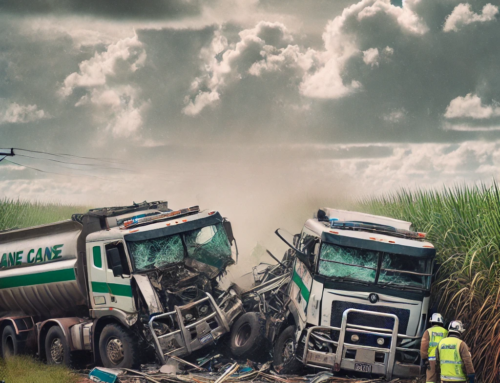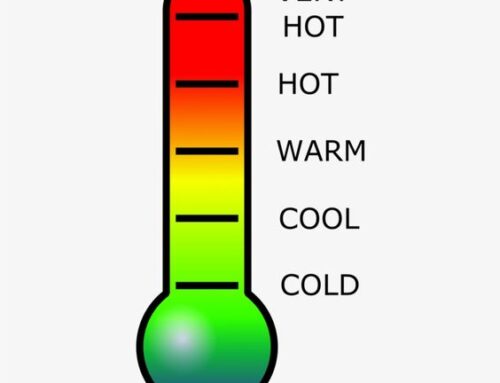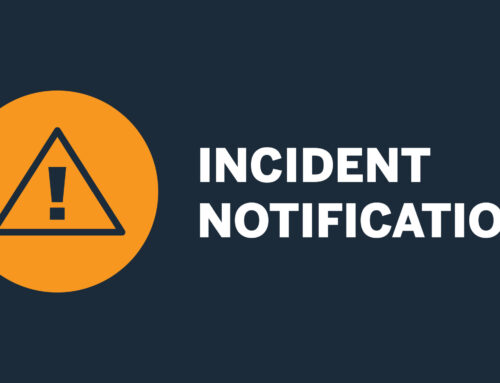A Safety Data Sheet (SDS) is a document that tells you everything you need to know about a chemical.
You have a legal requirement to have them if your workplace handles, stores or transports hazardous chemicals. A SDS is particularly helpful when handling chemicals that behave in unpredictable ways or have hidden dangers.
What Is A Safety Data Sheet?
A Safety Data Sheet (SDS) is a document that tells you everything you need to know about a chemical.
A Safety Data Sheet includes:
• The chemical classification details.
• Safe storage and handling guidance.
• Emergency and first aid information.
Chemicals that are classified as ‘hazardous chemicals’ according to the safety laws must have an SDS.
How Does A Safety Data Sheet Help?
An SDS helps in two main ways:
- When Handling Hazardous Chemicals
An SDS helps when you’re handing hazardous chemicals. Particularly when you need to know what Personal Protective Equipment (PPE) you need.
For example, before you reach for a dangerous chemical, you might instinctively reach for a rubber glove.
That is normally a good idea however what if the chemical you’re handling melts latex? Some do. In this case, the SDS will tell you the exact type of glove you need to use. - When handling chemicals that behave in unpredictable ways or have hidden dangers
Different chemicals are harmful in different ways and it’s not always obvious how they might harm you.
You can’t tell from the look of a chemical if it can hurt your eyes, skin or if it’s poisonous.
Why Do You Need Safety Data Sheets?
There are two main reasons you need Safety Data Sheets:
- You have a legal requirement
If your workplaces handles, stores or transports hazardous chemicals, you need to have an SDS for every hazardous chemical at your business.
The SDS needs to be available to workers that may be exposed to the chemical, so your workers should be informed where the SDS are located. You can use signage to help people find them. If your workplace manufactures, imports or supplies chemicals, you must prepare an SDS for each chemical. You also need to provide the current SDS to your customer.
Your workers and first aid officers should read the Safety Data Sheets for chemicals in their work area. - They keep people safe.
When you have an SDS, you know the hazardous chemical classification. This lets you know whether the substance is hazardous to health or has dangerous physical properties.
For example, an SDS will tell you if a chemical is flammable or corrosive.
The SDS also describes storage and handling requirements. This is important because only some of these details are on the product label.
What Gets Classified As A Hazardous Chemical?
For a chemical to be classified as a ‘hazardous chemical’ it could be hazardous to health or have dangerous physical properties.
What about non hazardous chemicals?
The manufacturer, importer and supplier are not legally required to prepare an SDS for chemicals that are not hazardous, and your workplace doesn’t need to obtain the SDS for these.
Sometimes there’s an SDS available for non-hazardous chemicals. This can be helpful to confirm if the chemical has any special storage or handling precautions.
What Does A Safety Data Sheet Look Like?
It is often recognised by the title SAFETY DATA SHEET.
You’ll normally find the GHS pictograms in section two however the diamonds are optional, and not always on the SDS.
The format and font for an SDS is not prescribed, so this varies. An SDS may be as short as one page, or more than 20 pages long.
An SDS contains 16 sections but the most important features are:
• Chemical classification
• Storage
• Handling
• Hazards details
• First aid
• Firefighting measures
Is A Safety Data Sheet And A Material Data Safety Sheet The Same Thing?
Yes, basically.
A Safety Data Sheet (SDS) is the term used under the Globally Harmonised System (GHS) for the classification and labelling of chemicals.
The SDS includes classification under the GHS.
An MSDS was the term used under the previous safety laws and classified the chemical under different criteria (NOHSC).
What If One Of Your Workers Gets Exposed To A Hazardous Chemical?
Safety Data Sheet s contain emergency information that should be considered in the case of an emergency.
However it’s not always practical to find an SDS in the case of an emergency.
If one of your workers get exposed to a hazardous chemical and it’s an immediate emergency, don’t hesitate to call OOO rather than hunting around for the SDS.
If it’s not an immediate emergency, call the Poisons Information Centre on 13 11 26.
The immediate treatment for most chemical exposure is ‘wash off with water’. However, in some cases, water is not the correct remedy because some chemicals should not get wet.
Read the SDS before the emergency. Not during!
The first aiders at your business should already be familiar with all the chemicals at your business.
They shouldn’t be learning about a chemical for the first time after an incident.
Need help or advice creating or locating Safety Data Sheets in your business? Take away the guesswork and talk to one of our expert Safety Consultants. Call 0429 990 418 or (07) 5493 2961
Serving but limited to the Sunshine Coast, Brisbane, Gold Coast, Ipswich, Gympie, Maryborough, Hervey Bay, Bundaberg, Central Queensland & Far North Queensland #suncoastsafety #safetyconsultant #riskmanagment#safetymanagementplan #environmentalsafetymanagementplan#siteinspection #toolboxtalks #safeworkmethodstatments #sunshinecoast #brisbane #goldcoast#ipswich #gympie #maryborough #bundaberg #centralqueensland#farnorthqueensland






